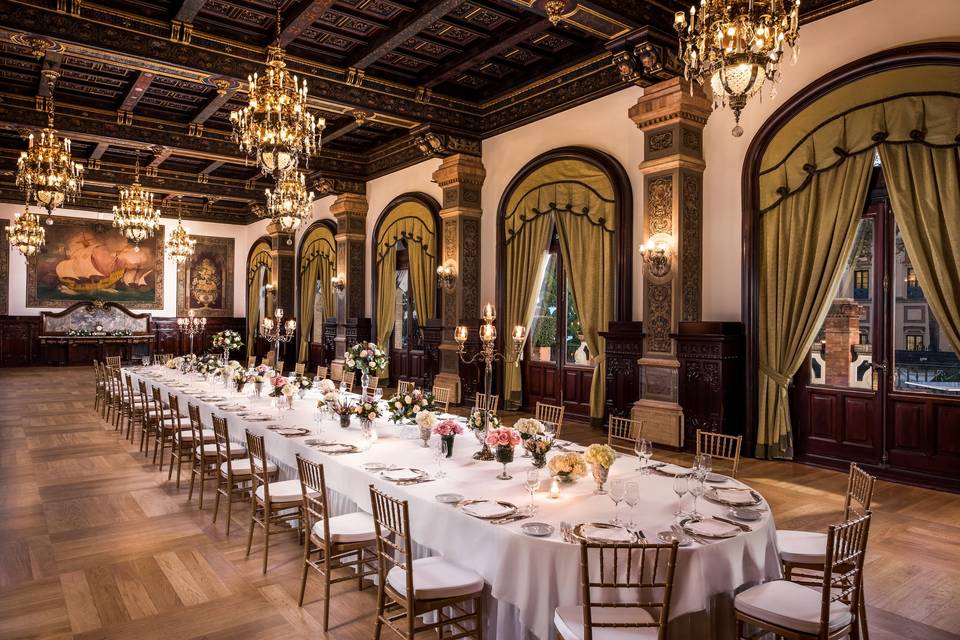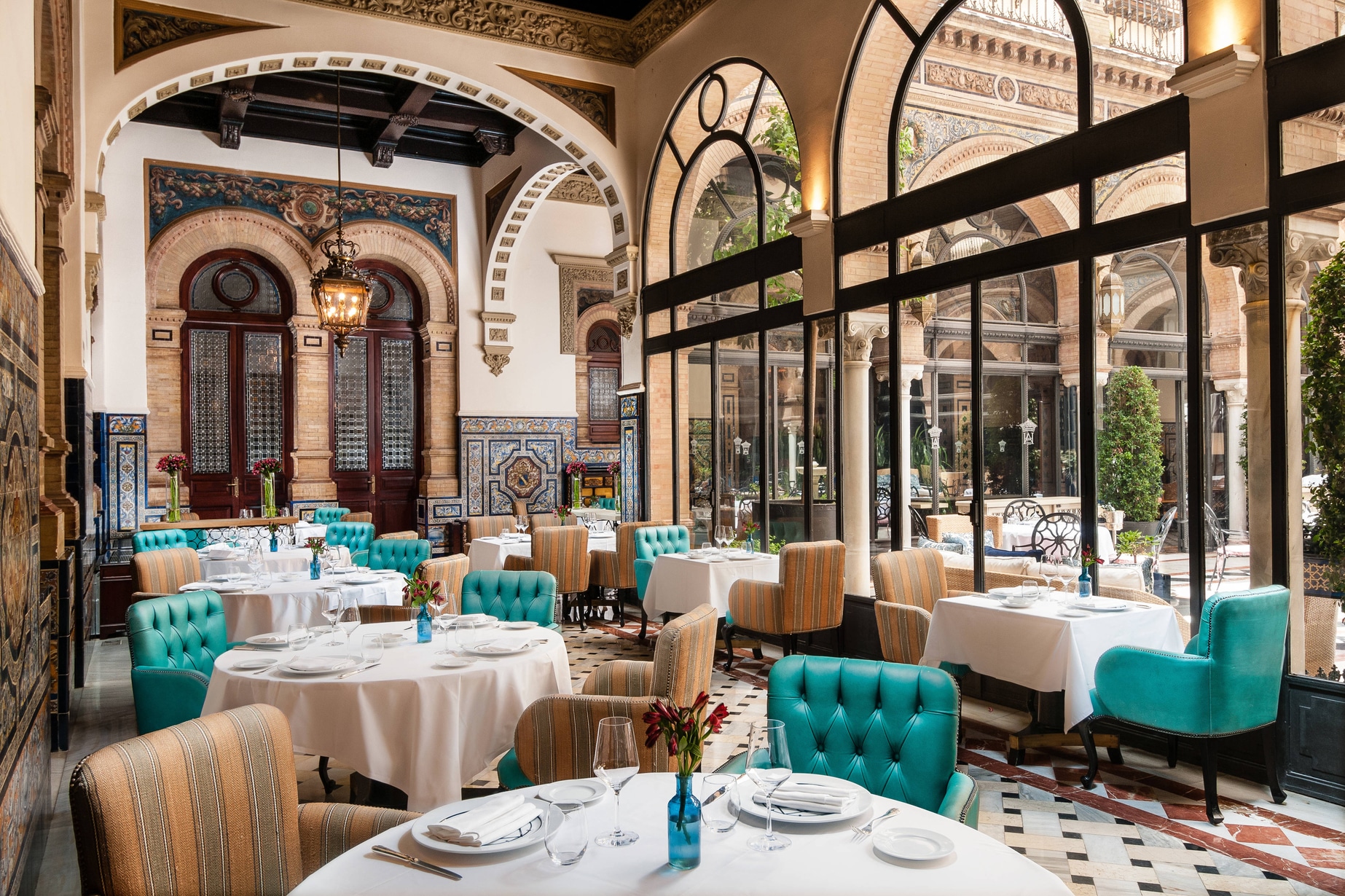Alfonso XIII's Hotel (Seville, 1928)
Today we are going to talk about one of the most emblematic places in Seville and its most luxurious hotel, Alfonso XIII's Hotel, a master work done by José Espiau y Muñoz and finished in 1928.
Last week we had an example of regionalist architecture with the Old Municipal Slaughterhouse, and, this week, we have another instace that, as the slaughterhouse also does, has neomudejar touches we will analyse later. But, first, let's see a bit of its history.
Originally, this hotel was projected for a contest proposed in order to build an hotel for the 1929 Iberoamerican Exposition, organised by the Sevillian architect Aníbal González, and eventually won by Espiau y Muñoz. Its name is due to Alfonso XIII's -the active king at that time- interest and contribution to the construction of the building, that began in 1916. This Hotel has witnessed lots of films and shows makings, as well as several presented events. Also, many celebrities of the time and nowadays' have stayed here. Some examples are: Diana of Wales Audrey Hepburn, Angelina Jolie, Brad Pitt, Plácido Domingo, Sharon Stone, Harrison Ford or Madonna, among many others.
As we have mentioned, the architectonic 'style' is clearly regionalist with some neomudejar aspects too. This is something characteristic from the buildings that were projected for the 1929 Expo, as it was intented to enhance some of the city's most traditional 'styles'. Both, the outside (the façade) and the inside are quite decorated with great sophisticated ornamentation, which it is in it majority handmade. The structure, and the cladding too, are made with what we could consider 'simple' or 'traditional' materials, as they can be brick, wood, ceramics or plaster. However, the techniques and the materials themselves were of such a quality that the building is still, after almost 100 years after, in great conditions.
We see how the hotel's structure organisation reminds of those houses that are set up around a patio. In this case there are, indeed, patios, but also great salons, as the Real Salon, where events and important celebrations take place. This open-place thing and the use of vegetation is, as we saw last week, one of the precedents for modern architecture. The importance of wide and 'clean' spaces is shown here, as the partitions are the less as possible.
On the whole, we can describe Espiau y Muñoz's work as a subtle but complex piece, with such precise details and materials employed, that, on its fullness, have made of such contest proposal one of the most extraordinary places to visit in the Spanish city.
Have you visited it? We read you in comments!





.png)
Comments
Post a Comment